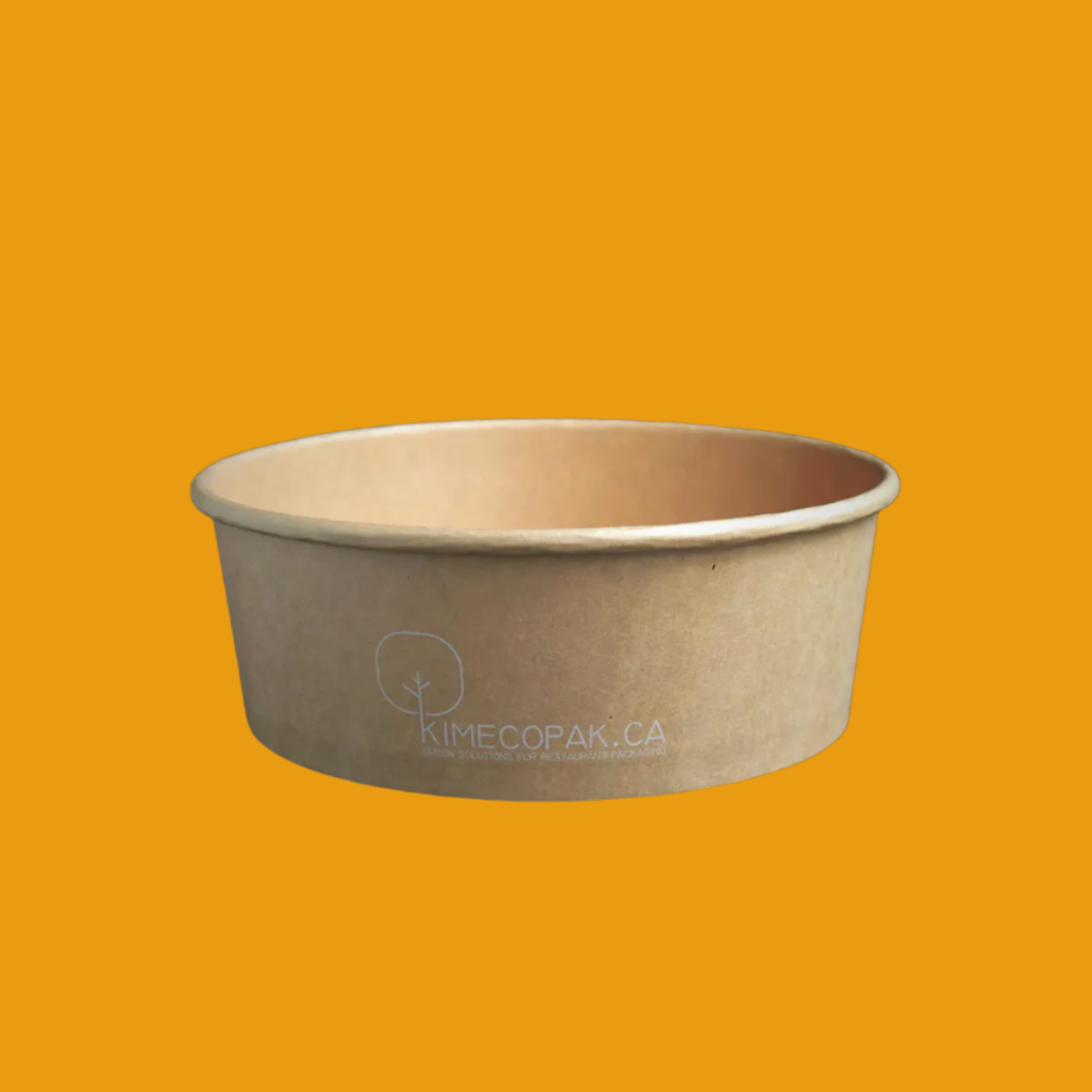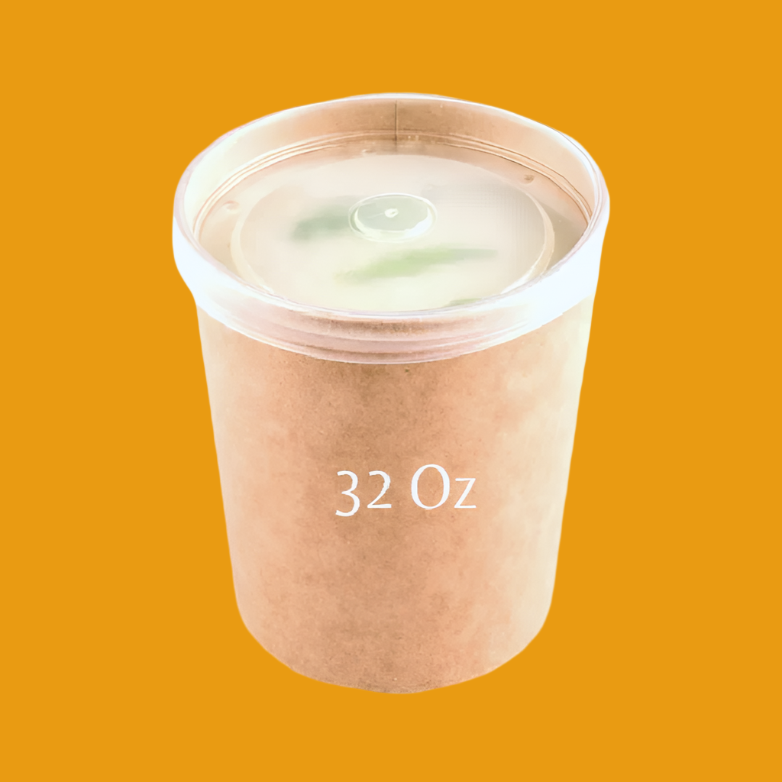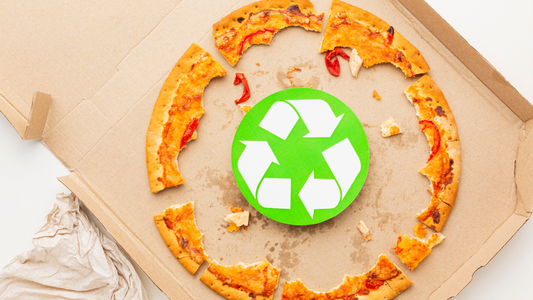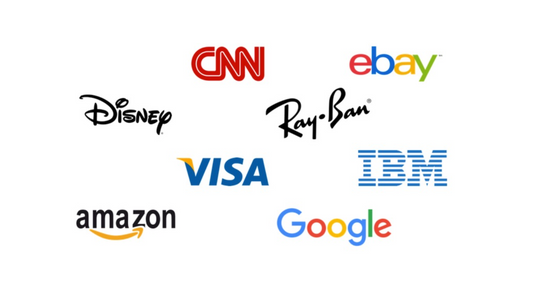Seaweed packaging represents a forward-thinking solution in our battle against the overwhelming plastic pollution crisis. Made from seaweed-based materials, this packaging offers a sustainable alternative to conventional plastics, which have long been harmful to our environment. What sets seaweed packaging apart is its ability to decompose naturally. Unlike its plastic counterparts, it leaves no toxic waste behind, making it an attractive option for businesses and consumers keen on embracing eco-friendly practices.
Edible packaging: New plastic-replacement innovation for businesses
Why Green Packaging Is Essential for Businesses in 2025
Benefits of Seaweed Packaging

Biodegradable and Eco-Friendly
One of the most compelling advantages of seaweed packaging is its remarkable biodegradability. In natural environments, seaweed-based materials can decompose within weeks to months. This rapid breakdown significantly reduces plastic pollution and the presence of microplastics in our landfills and oceans, promoting a healthier planet. For instance, a seaweed-based wrapper might break down in just 30 days, while a traditional plastic wrapper could persist for hundreds of years.
Renewable and Abundant Resource
Seaweed is a renewable resource that grows quickly in marine environments. Without the need for freshwater, fertilizers, or pesticides, it thrives in oceanic conditions. Harvesting seaweed can occur multiple times a year, which not only makes it a sustainable raw material but also promotes ocean health. This abundance positions seaweed as a reliable alternative to fossil fuel-derived plastics.
Safe and Non-Toxic
Unlike traditional plastics, seaweed packaging does not contain harmful chemicals like Bisphenol A (BPA). As a result, it provides a safer option for food packaging and human health. This is especially important in today's market, where consumers increasingly demand transparency regarding product safety and potential contaminants.
Applications of Seaweed Packaging in the Food Industry

Packaging for Dry Products
Seaweed-based packaging has shown significant promise for dry food products such as cereals, coffee, salt, and spices. Its lightweight and flexible nature offers an eco-friendly alternative to the conventional plastic bags that currently dominate this market. Manufacturers adopting this packaging are not only contributing to sustainability but also appealing to environmentally-conscious consumers.
Packaging for Wet and Greasy Products
The versatility of seaweed packaging extends to wet and greasy products as well. Thanks to its moisture-resistant and heat-resistant properties, it can effectively package sauces, oils, and ready-to-eat meals. This adaptability addresses consumer demands for sustainable options that do not compromise product quality or safety.
Comparison: Seaweed Packaging vs. Traditional Plastic Packaging
|
Criteria |
Seaweed Packaging |
Traditional Plastic |
|---|---|---|
|
Decomposition Time |
Weeks to months |
Hundreds of years |
|
Environmental Impact |
Eco-friendly, no pollution |
Causes pollution, microplastics |
|
Resource Availability |
Renewable, no land needed |
Derived from fossil fuels, non-renewable |
|
Health Safety |
Free from toxic chemicals |
May contain harmful additives like BPA |
This comparison highlights the stark differences between seaweed packaging and traditional plastic, reaffirming the necessity for innovative solutions as our society seeks to minimize environmental impacts.
Challenges and Opportunities for Seaweed Packaging

While seaweed packaging offers numerous benefits, several challenges inhibit its rapid adoption. High production costs and limited supply chains can pose significant hurdles for manufacturers. However, the growing demand for sustainable packaging solutions creates an immense opportunity for innovation and market expansion. As businesses increasingly prioritize eco-friendliness, further advancements in seaweed technology could lead to improved production efficiencies and lower costs, ultimately driving wider adoption.
Conclusion
Seaweed packaging stands out as a promising eco-friendly solution to mitigate plastic waste while ensuring food safety. As public awareness continues to grow, integrating seaweed-based materials into packaging practices could transform the industry, heralding a future that prioritizes sustainability and environmental responsibility.
Embracing such alternatives will not only benefit businesses in the long run but will also contribute to a healthier planet for generations to come. Let's choose to champion seaweed packaging and join the global movement towards a greener future.









